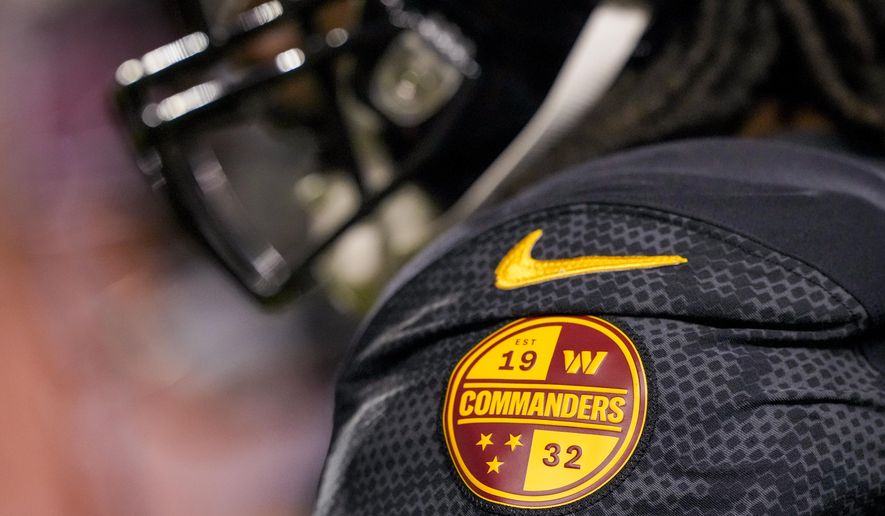(CNN) — High school boys wearing dresses strike a pose with big smiles on their faces. They know they’re breaking school rules, but they hope their gender-defying outfits will spark change.
Students at Buchanan High School in Fresno, California, switched gender norms for a day in January following the Clovis Unified School Board’s decision not to revise a decades-old dress code that may violate state gender-rights law. Trustees voted against recommendations to allow boys to have long hair and earrings. The trustees also refused to remove language in the code that says that dresses and skirts are for girls.
A female student at Buchanan High School said students are fighting back — not only because they feel like they’re not free to express themselves, but also because they believe that clothing rules shouldn’t be different between genders.
This is one of many protests against dress codes that students say are sexist or non-inclusive to transgender students and those who don’t conform to one gender. Although dress codes have long been a topic of controversy, there has been a resurgence recently on social media of students fighting to make dress codes equal and inclusive. With changing times, students are fighting to express their identity freely.
Nineteen percent of the 7,800 students surveyed in middle and high schools across the country said they were prevented from wearing clothing deemed “inappropriate” based on their gender, according to the Gay, Lesbian and Straight Education Network’s 2013 National School Climate Survey. Teens are asking their schools to update policies to reflect the changing norms in society.
Last year, more than 200 students on New York’s Staten Island — almost all of them female — got detentions over dress code infractions.
In Florida, students were publicly shamed for violating dress code by being forced to wear “shame suits.”
Students are using their clothing to make a statement against the fairness of dress codes policies and how they’re enforced. Oklahoma student Rose Lynn scribbled on her shirt what a school administrator told her when she was sent home for violating dress code. “It doesn’t cover your crotch,” her shirt read. “You’ll distract the boys.”
Lynn’s Facebook post — in which she called out her school for sending her home for what she thought was an appropriate outfit — went viral in December. Her post showed the outfit she originally wore to school and the new one she returned wearing.
“So once again, society has failed to advocate young ladies, by confining them in a box, where they are stripped from their sense of self-respect and self-expression, rather than teaching young men to respect the boundaries of young ladies,” Lynn wrote.
She and her mother, Misti Delgado, met with the school’s principal and Lawton Public Schools’ supervisor of secondary education following her viral post.
“They asked her to work with a counselor to bring awareness to this issue at her school and across the country,” Delgado told CNN. “They are working together to increase education about this subject.”
Not only have students been disciplined for violating dress codes, some say they’ve faced discrimination. A high school boy on a cheerleading team in Ohio was denied lunch in early February for wearing a bow in his hair. Boys at West High School in Columbus, Ohio, then wore bows in their hair to show their solidarity for him.
The student told CNN affiliate WSYX that the lunch lady told him that he couldn’t wear the bow because he wasn’t a girl. Students started a Twitter campaign #BowsforBoys to show support and protest the discrimination. The school told WSYX that discrimination is not tolerated, and moved the lunch lady to a job in which she doesn’t interact with students.
Some high school girls say the language of their school dress codes unfairly targets them. Last fall, a group of girls at Charleston County School of the Arts in North Charleston, South Carolina, wore shirts with a scarlet “A” that read: “I am not A distraction.” They were inspired by the movement #IAmMoreThanADistraction that was started by middle schoolers in South Orange, New Jersey. Charleston students took their own spin on it — they used the red “A” symbol from “The Scarlet Letter” and started a viral Twitter campaign using the hashtag #IamnotADistraction.
Following the protest, administrators at the school in North Charleston met with the students who organized it and clarified the school’s expectations. Daniel Head, Charleston County School District spokesman, told CNN that the school will interact respectfully with students who are not in compliance with the district’s dress code expectations. There has been no change to the district policy.
“The procedures for addressing students still involve sending students to the front office staff member, but as a result of the protest, there is a heightened awareness around students’ perceptions of dress, self-expression, and individuality,” he said.
Students aren’t the only ones fighting back: Many parents also say that dress codes are unfair to their children. Niv Miyasatok, the father of one of the girls who started #IAmMoreThanADistraction in New Jersey, wrote an open letter to the principal of his daughter’s school asking the school not to shame students. He told CNN that the girls started the movement because they saw an injustice and decided to take action against it.
Miyasatok said the students noticed classmates being singled out for their clothing, and they feel that enforcement of the policy causes a disruption in the students’ education. “The girls that organized it care less about the actual code than the sexism inherent in the code,” he said.
Miyasatok and several other parents went to the board of education in South Orange following the girls’ protest. The dress code was changed district-wide and implemented for the 2015-2016 school year.
“It’s been so good to know that something like this matters to people and that every voice counts in helping to find a fair approach,” Miyasatok said.
Inspired by the viral #IAmMoreThanADistraction movement, Citrus High School student Mari Tufts, 17, conducted an experiment to find out if girls’ clothing is truly a distraction to their male counterparts. The Inverness, Florida, student won a place at the Florida State Science and Engineering Fair, where she’ll also share her findings.
While 15 boys completed multiplication tables, Tufts showed them 26 different pictures of girls in different outfits and timed how long they were “distracted” by the pictures.
“I did it so people will start to see that girls are not a distraction and to stop teaching young men that it is an acceptable excuse to be distracted from their education,” Tufts said.
“I found there was no correlation between any of the photos that were in dress code or out of dress code. So I proved clothes that were dress code violations were no more distracting” than clothes that conformed to the dress code, she said of her science project.
Research by Education Partnerships, Inc. shows that the effects of dress code policies on education are inconclusive. However, “some parents and legal authorities claim that when students either are sent home or placed in isolation because of dress code violations, it has a negative effect on their educational opportunity and ultimate performance,” EPI reports.
Bárbara Cruz, a professor at University of South Florida and author of “School Dress Codes: A Pro/Con Issue,” told CNN there are some advantages to dress codes, including increasing student achievement by focusing on an academic environment and in the case of uniforms, creating a communal team spirit. However, there are also negatives that encroach on students’ rights as individuals and discriminate against transgender youth.
For students who violate dress code policy, the punishment is typically being removed from class or sent home. As a parent and educator, Cruz does not condone removing students from class because she said it denies that student an education.
“For some students, being excluded from the larger school community would be devastating and a confirmation that they don’t belong somehow,” Cruz said. “For other students, being removed from class might even be seen as a badge of honor if they feel very strongly about the issue and they have been involved in the protests.”
Cruz believes the movement is having an impact, and leading to more student input on the policies.
Some students say they hope the protests show their schools’ administrations that they have a voice, and that they want change in dress code policies and the ways in which they’re being enforced.
“Hopefully, the board will see that we aren’t blindly rebelling, but simply advocating for our rights,” a Buchanan High School student said.
The-CNN-Wire ™ & © 2016 Cable News Network, Inc., a Time Warner Company. All rights reserved. (Photo: Wikipedia)





















